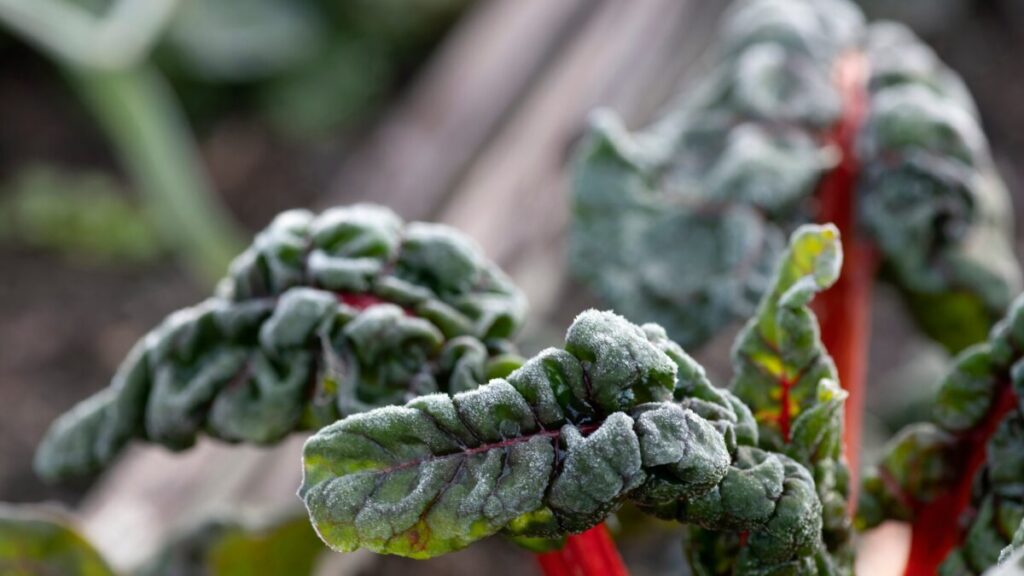As October approaches, gardeners must brace themselves for the inevitable arrival of frost. While the changing seasons bring beauty to our gardens, they also pose challenges, particularly for tender plants. Understanding what is involved in protecting your garden from frost is crucial for preserving its health and ensuring your plants can withstand the colder months ahead. In this comprehensive guide, we’ll delve into effective strategies to safeguard your garden and maintain its vitality throughout autumn and winter.
Why Protecting Your Garden from Frost is Important
Frost can inflict significant damage on vulnerable plants, leading to wilting leaves, stunted growth, and even complete plant loss. By taking proactive measures to protect your garden, you can not only safeguard your investment in time and resources but also enjoy a more vibrant and resilient garden come spring.
1. Monitor Weather Conditions
Stay Informed and Prepared
Being vigilant about local weather forecasts is essential during this transitional month. Frost is most likely to occur during the night, especially when the sky is clear and the wind is calm.
Tips:
- Check forecasts regularly: Use apps or websites that provide reliable weather updates.
- Know your microclimate: Your garden may have unique temperature patterns; understanding these can help you anticipate frost.
2. Use Frost Covers
Quick and Effective Solutions
Frost covers, often referred to as garden fleece or horticultural fabric, are invaluable tools in your frost protection arsenal. They create a protective barrier against cold air while allowing light and moisture to reach your plants.
How to Use Frost Covers:
- Cover tender plants: Drape frost covers over sensitive plants before nightfall when frost is predicted.
- Secure the covers: Use weights, stones, or stakes to ensure the covers remain in place, preventing them from being blown away by the wind.
Additional Tip:
If temperatures are expected to dip dramatically, consider using multiple layers of frost protection for added insulation.
3. Mulch Your Garden Beds
Insulate the Soil
Applying a generous layer of mulch around your plants is an excellent way to insulate the soil and protect root systems from freezing temperatures.
Types of Mulch:
- Organic Mulch: Materials such as straw, wood chips, or shredded leaves provide excellent insulation and improve soil quality as they decompose.
- Inorganic Mulch: Landscape fabric or gravel can be effective for retaining warmth while reducing weed growth.
How to Apply:
- Layer thickness: Spread mulch to a depth of 2-4 inches around your plants, ensuring it does not directly touch the stems, as this can lead to rot.
4. Move Potted Plants Indoors
Bring Them Inside
For potted plants that are sensitive to frost, relocating them indoors is often the most effective option.
Tips for Transitioning:
- Acclimatise gradually: If possible, bring plants indoors a few days before the forecasted frost to help them adjust to the indoor environment gradually.
- Choose a suitable location: Place them in a well-lit area, away from direct heat sources such as radiators or fireplaces, which can cause stress to the plants.
5. Create a Microclimate
Protecting Your Plants
Creating a warmer microclimate in your garden can significantly enhance frost protection. This can be accomplished by grouping plants together or using barriers to shield them from cold winds.
Techniques:
- Group plants: Clustering plants can help them retain warmth and provide mutual protection against frost.
- Use windbreaks: Erecting fences or hedges can create a sheltered area that protects your plants from cold, drying winds.
6. Water Your Plants
Hydration Matters
Interestingly, watering your plants before a frost can help protect them. Well-hydrated plants are generally better equipped to withstand cold temperatures.
How It Works:
- Soil temperature: Moist soil retains heat better than dry soil, which helps keep plant roots warm during the night.
- Timing: Water your plants in the afternoon, allowing moisture to soak in before nightfall.
7. Harvest Wisely
Know When to Pick
If frost is imminent, it may be prudent to harvest tender crops before the frost arrives. This is particularly true for vegetables that are at risk of damage.
Best Practices:
- Pick vegetables: Harvest sensitive crops such as tomatoes, peppers, and basil before frost hits to prevent spoilage.
- Store properly: Ensure harvested produce is kept in a cool, dry place to prolong its shelf life and maintain quality.
Conclusion
Protecting your garden from frost in October is vital for maintaining the health and aesthetics of your plants. By monitoring weather conditions, using frost covers, applying mulch, and employing other preventative measures, you can effectively safeguard your garden against the cold. Embrace these strategies to enjoy a flourishing garden throughout the autumn and winter months, ensuring that your hard work pays off come spring.
If you’re seeking further inspiration and expert advice on gardening, be sure to visit our website at www.esteelicious.com. We offer a wealth of guides and ideas designed to enhance your home gardening experience. For those eager to deepen their gardening knowledge, don’t miss out on my book, Home Gardening in Diaspora: A Guide to Growing Organic Food in Your Home. This invaluable resource provides practical insights and strategies to cultivate a flourishing garden, no matter where you are located. Whether you’re a seasoned gardener or just starting out, this guide will equip you with the tools and knowledge needed to succeed. Visit our website and explore the book to transform your gardening journey today!

